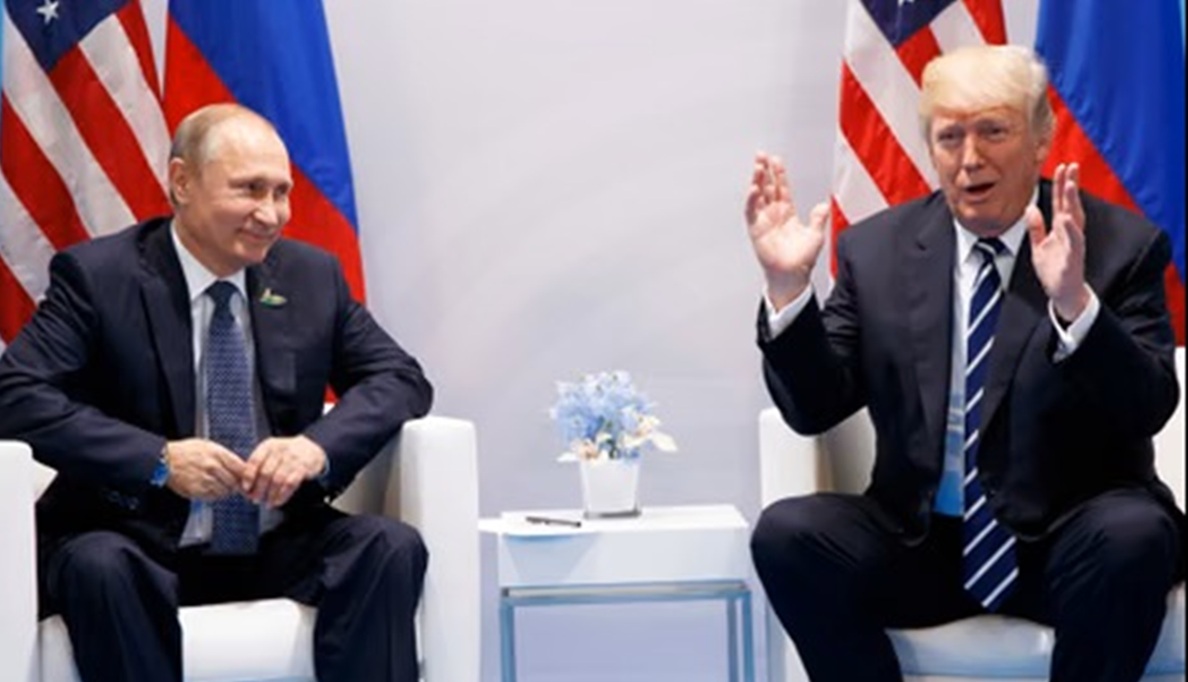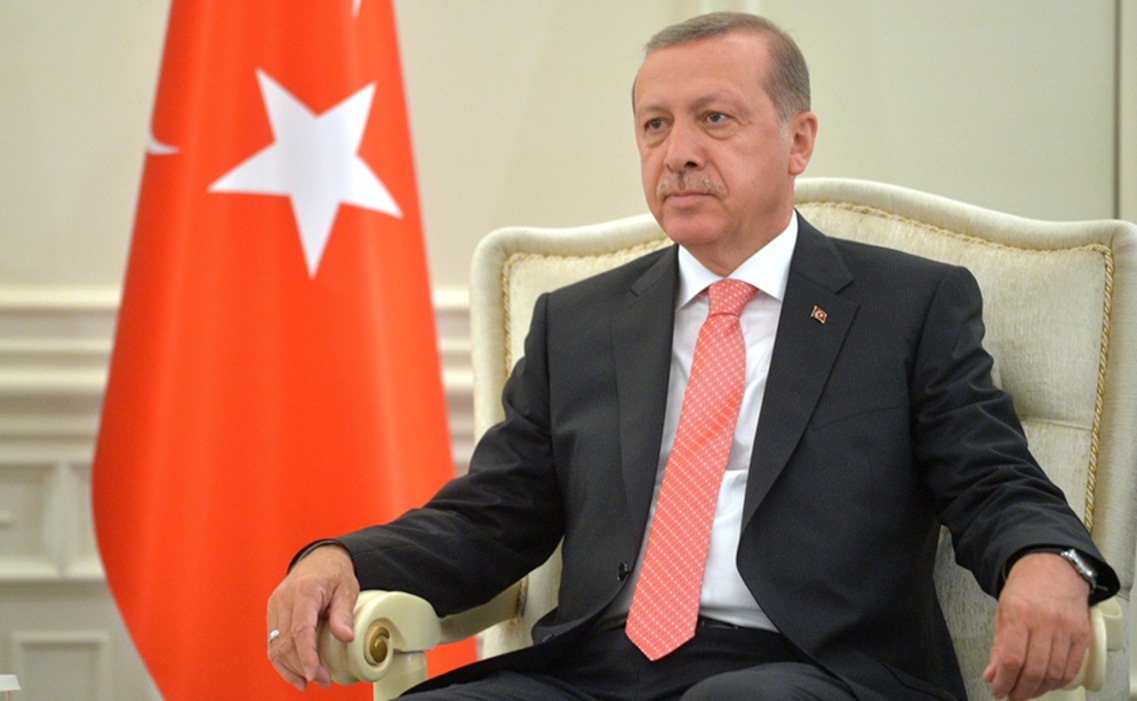The meeting between the US and Russian presidents was a vital step towards peace in Ukraine. This summit, known as Alaska 2025, was held at Joint Base Elmendorf–Richardson in Anchorage, Alaska, without including the European Union. Both presidents left Alaska without reaching an agreement for a ceasefire in Ukraine.
The Geopolitical Context of an Unexpected Meeting
In the vast, icy expanses of Alaska, where Arctic winds still carry the echoes of historical exchanges between empires, Vladimir Putin and Donald Trump met on August 15, 2025, marking a potential turning point in Russo-American relations. This meeting, held on American soil that was once Russian—recalling that Alaska was sold by Russia to the United States in 1867 for a modest sum—not only symbolises an attempt to thaw relations amid heightened tensions fueled by the war in Ukraine but also signals the emergence of a multipolar world order. As an international relations scholar, I firmly argue that this summit is not merely a bilateral diplomatic exercise but a step toward a global reconfiguration where traditional powers, such as Russia and the United States, mutually recognise their spheres of influence, moving away from the unipolar hegemony that dominated the post-Cold War era.
The choice of Alaska as the meeting place is far from incidental. Geographically close to Russia—separated only by the Bering Strait—this U.S. state evokes a relative neutrality, far from the power centres of Washington or Moscow, which might be perceived as too partisan. Historically, it recalls the ancient ties between the two nations before 20th-century ideologies drove them apart. Trump, back in the presidency after a campaign centred on “America First,” has often expressed admiration for Putin, describing him as a strong leader capable of negotiating pragmatic deals. For his part, Putin, facing a resilient but sanction-weakened Russian economy, sees Trump as an unpredictable yet potentially open interlocutor willing to make compromises that respect Russian interests in Eastern Europe.
This meeting occurs against a backdrop of prolonged crisis. The war in Ukraine, sparked in 2022, has crystallised divisions: on one side, a NATO perceived by Moscow as an expansionist threat; on the other, a Russia determined to secure its borders against what it views as Western interference. Previous negotiations, such as those in Geneva or Istanbul, failed due to a unipolar vision imposed by the Biden administration, which sought to isolate Russia rather than engage in dialogue. With Trump back in power, the approach shifts: he advocates for an immediate ceasefire, as he declared upon arriving in Anchorage, emphasising that “the war must stop today so America can focus on its own problems.” Putin, meanwhile, insists on security guarantees, rejecting Ukraine’s NATO membership and demanding recognition of annexed territories.
In this multipolar perspective, the meeting is not seen as a capitulation but as mutual recognition. A multipolar world, where the United States, Russia, China, and emerging powers like India or Brazil share influence, avoids proxy conflicts that drain global resources. International relations are no longer dictated by a single power centre but by negotiated balances. This perspective, which I defend in my work, opposes the liberal unipolarity that led to chaotic interventions in Iraq, Libya, or Syria, favouring instead dialogue among sovereign equals. The Alaska meeting could thus mark the beginning of an era where superpowers cooperate on shared issues like energy stability or counterterrorism without imposing a single ideology.
Preparations for this summit were surrounded by speculation. Diplomatic leaks suggest preliminary discussions took place through discreet channels, involving advisors like Sergey Lavrov for Russia and Trumpist figures like Mike Pompeo. The notable absence of Ukrainian President Volodymyr Zelensky, though Trump expressed a desire for a second meeting including Kyiv, underscores the priority given to direct Russo-American dialogue. This reflects a multipolar realpolitik: major powers negotiate first among themselves before integrating secondary actors. In sum, this geopolitical context is not merely the result of an immediate crisis but the expression of a tectonic shift toward a more balanced world order, where Russia reclaims its legitimate place as a Eurasian pole.
Economic Stakes at the Heart of Negotiations
Beyond security considerations, the meeting between Putin and Trump in Alaska highlighted crucial economic issues that could reshape global trade flows in a multipolar framework. Sanctions imposed on Russia since 2014, intensified after 2022, have created an economic chasm between the two nations, but they have also revealed Russian resilience and American vulnerabilities. Trump, with his protectionist mantra, sees rapprochement with Moscow as an opportunity to diversify energy partnerships and counter Chinese dominance, while Putin seeks to lift barriers hindering access to Western markets. In a multipolar world, these economic negotiations aim not to dominate but to cooperate for shared prosperity, avoiding the pitfalls of unipolar globalisation that favours transnational elites at the expense of nation-states.
Energy is central to these discussions. Russia, the world’s leading exporter of natural gas and oil, has seen its deliveries to Europe plummet due to sanctions, forcing a pivot to Asia. However, the United States, under Trump, has increased shale gas production, becoming a direct competitor. During the summit, the two leaders explored potential agreements on stabilising global oil prices, possibly through informal coordination with OPEC+. Trump raised the possibility of easing sanctions on Russian pipelines like Nord Stream 2 in exchange for guarantees on American liquefied natural gas supplies to Europe. This would represent a mutual gain: for the U.S., increased energy exports would create jobs in states like Texas; for Russia, sanction relief would revive its economy, with projected growth of 3-4% if restrictions are partially lifted.
On a broader commercial level, bilateral trade, which plummeted to under $30 billion in 2024, could rebound. Putin emphasised lifting embargoes on advanced technologies, arguing that Russia could supply rare minerals essential for the U.S. semiconductor industry, such as palladium or nickel. In return, Trump could open markets for Russian agricultural products, reducing U.S. dependence on China. This multipolar approach fosters diversified supply chains, where powers avoid zero-sum economic warfare and build balanced interdependencies. For instance, cooperation in the Arctic—Alaska being a gateway—could tap into mineral resources and emerging maritime routes due to climate change, with joint investments benefiting both nations without excluding others like China.
The implications for the global economy are profound. In a multipolar world, institutions like the IMF or World Bank, often seen as tools of U.S. hegemony, could be complemented by alternatives like the BRICS New Development Bank. The Alaska meeting could accelerate this shift: if an agreement on Ukraine includes sanction reductions, it would unlock trillions in frozen assets, stimulating Eurasian growth. Trump, aware of inflationary pressures in the U.S. due to the Ukraine war, sees this dialogue as a way to lower energy costs for average Americans. Putin, meanwhile, highlights the robustness of Russia’s economy, which has pivoted to partners like India and Turkey, demonstrating that Western isolation is no longer viable in a multipolar order.
However, these economic stakes are not without challenges. U.S. lobbyists, influenced by the defence industry, may resist sanction relief, fearing a loss of influence in Europe. Likewise, Russia must navigate its alliance with China while pursuing rapprochement with the U.S., avoiding becoming a pawn in Sino-American rivalry. Yet, in my multipolar vision, these tensions are opportunities for negotiation, where the economy serves as a bridge rather than a weapon. The Alaska meeting illustrates how pragmatic leaders can transform antagonisms into partnerships, fostering inclusive prosperity that transcends ideological blocs.
Implications for International Relations and the Dawn of a Multipolar World
The fallout from the Putin-Trump meeting in Alaska extends far beyond Russo-American borders, potentially signalling the dawn of a multipolar world where international relations are redefined by mutual respect rather than domination. As an advocate of multipolarity, I see this summit as validation of my thesis: a global order where multiple power centres coexist, negotiate, and cooperate, avoiding the pitfalls of unipolarity that have bred instability and inequality since the Soviet Union’s collapse. Ukraine, at the heart of discussions, could become a symbol of this transition, moving from a proxy battlefield to a neutral buffer zone respecting all parties’ interests.
In terms of international relations, a ceasefire in Ukraine, as proposed by Trump, would involve recognising current territorial realities with guarantees against NATO expansion. This would weaken the Atlantic alliance, seen by Russia as a Cold War relic, and pave the way for an inclusive Eurasian security architecture. Putin reiterated at the summit that Russia seeks not confrontation but a legitimate sphere of influence, aligned with Westphalian sovereignty principles. Trump, sceptical of multilateral commitments, might withdraw U.S. troops from Eastern Europe, redirecting resources to the Indo-Pacific to counter China. In this multipolar scenario, Europe, often a hostage to transatlantic dynamics, would gain autonomy, with countries like France or Germany pushing for independent diplomacy.
China, though physically absent, looms large. A Russo-American rapprochement could temper the Moscow-Beijing axis, avoiding a cold Sino-American bipolarity. In a multipolar world, China, Russia, and the U.S. would form a balanced triangle, cooperating on issues like climate change or nuclear non-proliferation. The BRICS, bolstered by this détente, could emerge as an economic counterweight, promoting alternative currencies to the dollar and infrastructure like the Belt and Road. This would benefit Global South nations, often marginalised in the unipolar order, by offering diversified options.
Economically tied to international relations, this multipolar shift could stabilise global markets. Partial lifting of Russian sanctions would unlock investments in green energy, with Russo-American partnerships on hydrogen or Arctic renewables. International relations would benefit from pragmatic economic diplomacy, where bilateral agreements outweigh punitive sanctions. However, risks remain: failed negotiations could deepen divisions, strengthening rival alliances. Yet optimism prevails, as the Alaska meeting shows that even adversaries can dialogue when unipolarity gives way to multipolarity.
Conclusion
The meeting between Vladimir Putin and Donald Trump in Alaska on August 15, 2025, is not just an isolated episode in Russo-American history but a decisive pivot toward a multipolar world where great powers, by recognising their mutual interests and respective limits, can forge pragmatic alliances for enhanced global stability. This summit, rooted in a realpolitik that transcends Cold War ideological divides, illustrates how the U.S. and Russia, as pillars of a balanced international order, can transform persistent antagonisms into opportunities for cooperation. Far from unilateral capitulation, this potential détente affirms each nation’s sovereignty while fostering shared benefits, avoiding the pitfalls of unipolar hegemony that sowed chaos in many regions. In this perspective, which I support as an international relations scholar, the multipolar future is not a utopia but an imperative necessity to address shared challenges like climate change, nuclear proliferation, and global economic disruptions.
To realise this vision, several proposals emerged from the Anchorage discussions, explicitly favouring the U.S. and Russia while respecting the multipolar balance. These ideas, born from balanced negotiation, aim to strengthen both nations’ prosperity and security without compromising their core strategic interests. They include:
Progressive Relief of Sanction
The U.S. could lift some restrictions imposed since 2014, allowing Russia to fully reintegrate into global markets and increase natural resource exports. This would benefit Americans by stabilising energy prices, reducing domestic inflation, and creating opportunities for U.S. businesses in sectors like Arctic extractive technologies.
Enhanced Energy Cooperation
Both countries could establish a bilateral framework to coordinate oil and gas production and distribution, including joint investments in Arctic infrastructure. This would help Russia diversify partners beyond China while enabling the U.S. to secure alternative supplies, boosting energy independence and creating jobs in states like Alaska or Texas.
Mutual Security Guarantees in Eastern Europe
A durable ceasefire in Ukraine, with a demilitarised zone and commitments against NATO expansion, would protect Russian borders while allowing the U.S. to redirect military resources to other theatres like the Indo-Pacific, avoiding unnecessary spending and strengthening its global posture against China.
Collaboration on Climate and Environmental Issues
Jointly exploiting Arctic resources, both nations could develop sustainable projects like permafrost research or renewable energy. This would benefit Russia by attracting U.S. investment to modernise its northern infrastructure, while the U.S. would gain privileged access to rare minerals critical for its green transition, reinforcing technological leadership.
Increased Bilateral Trade
Facilitating mutual market access for agricultural and technological goods would allow Russia to import American products to boost its agriculture, while the U.S. would benefit from Russian strategic metals, reducing reliance on unstable suppliers and fostering shared economic growth.
If implemented, these proposals would not only yield bilateral gains but also radiate toward a more stable world order, where other powers like China or India find their place without systematic confrontation. They embody the essence of constructive multipolarism, where recognising respective spheres of influence paves the way for lasting peace and inclusive prosperity. Thus, the Alaska summit could well mark the dawn of a new era, where great powers, by forging a shared future, transcend past divisions to embrace future challenges with optimism and determination.
Title Image courtesy: The Guardian
Disclaimer: The views and opinions expressed by the author do not necessarily reflect the views of the Government of India and Defence Research and Studies







